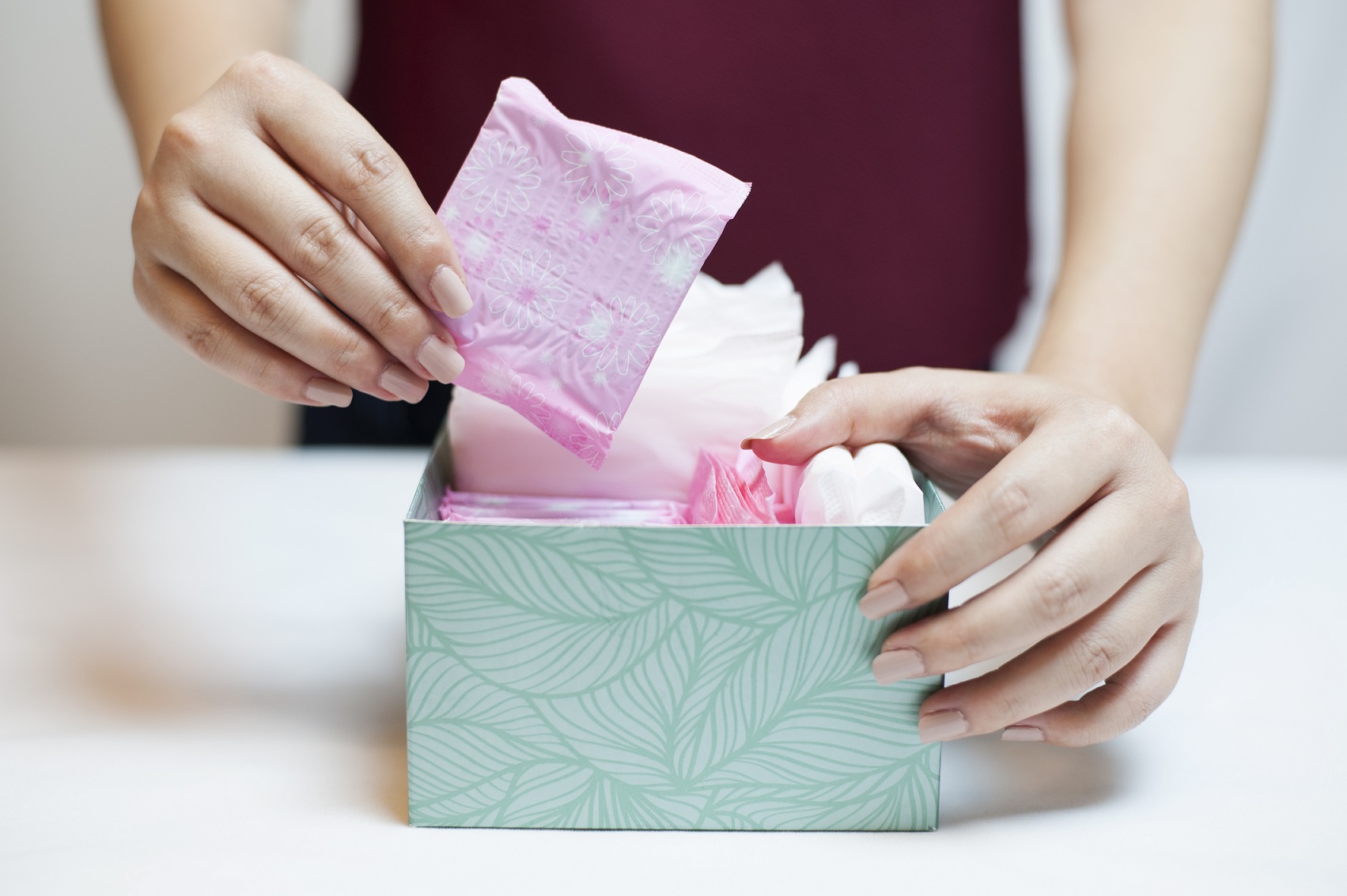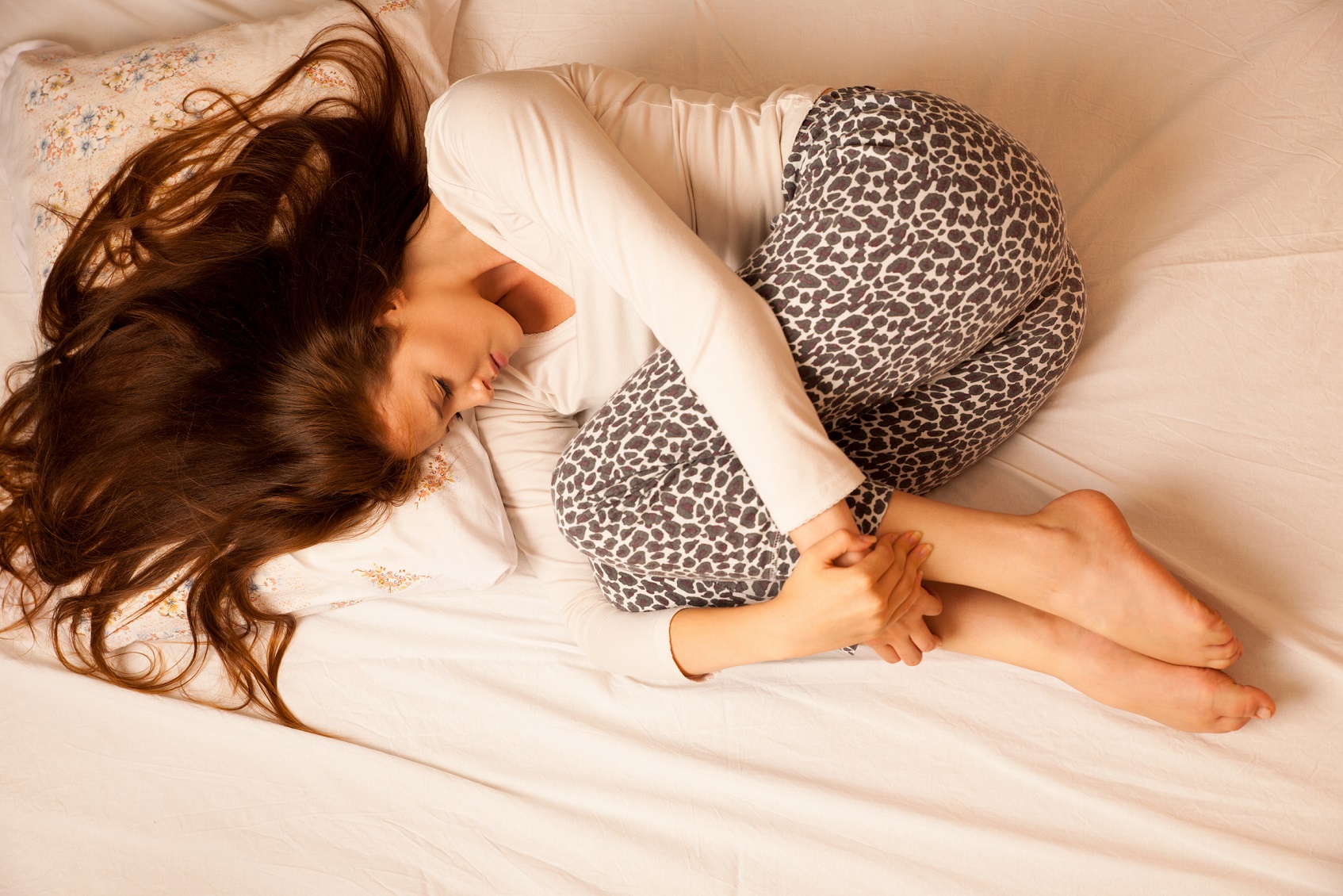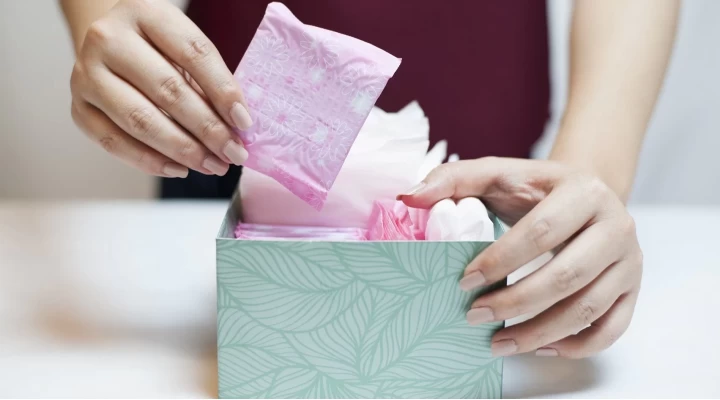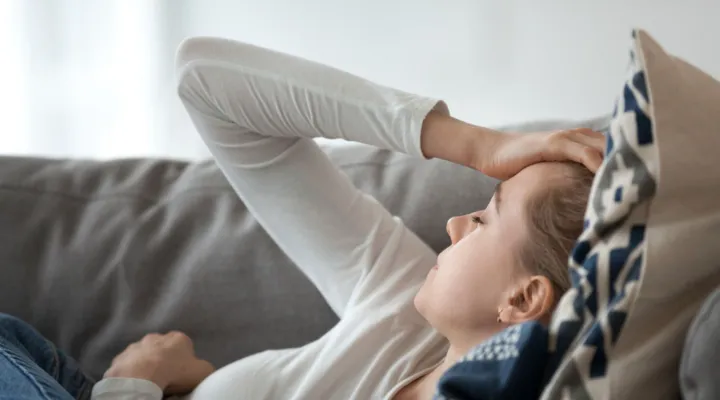Glamour Magazine has put together a great two-minute video on the joys and pains of the menstrual cycle.
Do you know what happens to women’s bodies during their period? What causes stress or bloating, and when are women in the best shape? Our gynecologist Dr Nóra Gullai is here to answer your questions. So listen up, maybe we can tell you something new!
Despite what most people think, the menstrual cycle does not necessary last 28 days, cycles of between 21 and 35 days are completely normal. The process is directed by hormones and its purpose is to produce ovaries and prepare the body for pregnancy.

Tough days
The start of the menstrual cycle begins with the first day of menstruation (the period). At this point, female hormone levels suddenly drop, causing the lining of the uterus to detach and exit the body through bleeding. In these few days, women can experience tiredness, lethargy and often stomach cramps. These cramps are caused by the muscles of the uterus contracting, which helps expel the uterus lining. The period of bleeding usually lasts 2 to 7 days.
Explosive desire
During the first half of the cycle, the level of estrogen starts to rise and ovulation begins. Estrogen also causes the uterus lining to thicken. This is when women are usually feeling at their best: their skin is clearer, they are more productive and more sociable. This feeling of well-being is further enhanced by the increase in the amount of testosterone produced towards the halfway stage in the cycle.

Sexy time
The ovaries are usually released on the day 14 of a 28-day menstrual cycle. This is the perfect time to conceive, and a woman’s sexual appetite is usually higher at this time. Men might notice that a woman smells differently when she is ovulating. This is caused by pheromones, which circulate most intensively during the ovulation period.
Ovulation
The next stage is ovulation, the release of an egg from one of the ovaries to makes its way along the Fallopian tube. This process can sometimes cause stomach cramps, and in rare cases can also lead to bleeding. The level of estrogen falls, while progesterone starts to rise. This hormonal change can cause tiredness, mood swings and often a slight increase in body temperature. The skin can become slightly more sensitive and rashes can occur. The higher level of progesterone causes the structure of the uterus lining to change slightly as it awaits the fertilized egg.
PMS
If fertilization does not occur, the egg expires and is absorbed. With the approach of menstruation, many women suffer from symptoms of PMS (pre-menstrual syndrome) due to low levels of estrogen and progesterone in this stage of the cycle. You might feel down, suffer bloating, stomach cramps, nausea and headaches. Many women also experience a decrease in their libido at this point, as well as increased tenderness of the breasts.

A few days later, the bleeding begins and the whole cycle starts again…
The menstruation cycle can be a real rollercoaster, dictated largely by hormones. A healthy lifestyle can help lessen any discomfort. The hardest days can be tricky for both sexes to deal with, so it might help to remember that the point of this up-and-down cycle is conception and the creation of children, one of the most wonderful things in the world.
- pediatrics21
- dietetics20
- RMC Dental Center15
- diet13
- internal medicine11
- dentistry9
- pediatric dentistry8
- sport7
- Dr Kinga Jókay7
- coronavirus6
- screening6
- covid6
- urology6
- obstetrics gynecology6
- prevention5
- cardiology5
- allergy5
- psychology5
- dental hygiene5
- infection4
- gastroenterology4
- menopause4
- screenings3
- Kinga Jókay M.D3
- Flu shot3
- Flu3
- women's screening3
- zsuzsanna kókai2
- Dr Nóra Gullai2
- infectious disase medicine2
- Ear-Nose-Throat2
- heat stroke2
- endocrinology2
- Dr Tímea Baló2
- allergen immunotherapy2
- Adrienne Nagy M.D.2
- Fetal Medicine Center2
- pediatric urology2
- flu season2
- meningitis2
- dermatology2
- gynecologist2
- Ophthalmologist2
- Headache Clinic2
- Dr Eszter Bodnár2
- headache2
- menopause program2
- invisalign2
- diabetology2
- cardiovascular disease1
- diabetes1
- hydration1
- hematology1
- iron1
- Imre Bodó M.D.1
- Same Day Surgery Center1
- nutritional disorder1
- lyme disease1
- gynecologic oncology surgery1
- first trimester screening1
Any questions before booking an appointment?
If you are unsure which doctor to see or what examination you require, we are here to help!
Simply request a free callback from one of our colleagues, who will help you find the right specialist based on your specific issue.





